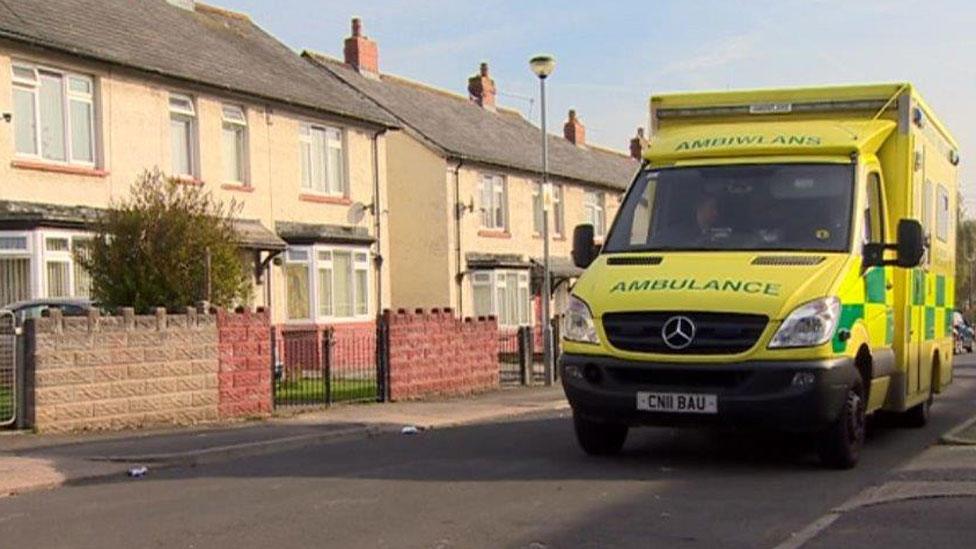Welsh Ambulance Service meets target for tenth month
- Published
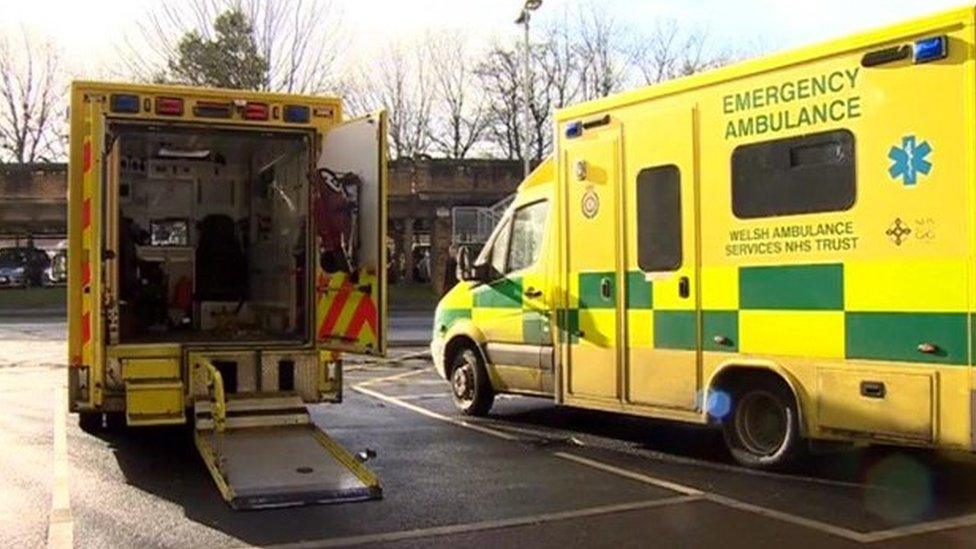
Ambulances around Wales have met their response times target for the tenth month in row - an achievement hailed as "encouraging" by the health secretary.
Statistics from July show 75.3% of vehicles responding to life threatening "red calls" arrived within eight minutes - exceeding the target of 65%.
It comes as the average number of calls handled by the ambulance service each day went up by 3.4% in a month.
But Health Secretary Vaughan Gething said there was more work to do.
July was the second successive month that the service met its target in all local health boards areas.
The current targets were introduced last October as part of a new clinical response model pilot, which prioritises the most critically-ill patients.
The decision meant ambulance response time targets for all but the most serious calls were scrapped.
Previously the eight-minute target applied to about 40% of the 999 calls the ambulance service received but now applies to only to fewer than 10% - only those judged to be immediately life-threatening.
For all other calls - categorised as amber or green - the ambulance service is given more time to judge the most appropriate response.

On the way to the road crash - where it turned out no one was injured
Mr Gething said he was "proud" of the work done to ensure the target was met.
"It is very encouraging to see that all LHBs in Wales have surpassed the national target for red calls for the second consecutive month, despite steadily rising demand," he said.
"In July there were over 39,500 emergency calls made to the Welsh Ambulance Service - an average of 1,277 calls per day.
"We have much to be proud of here in Wales, however we will not be resting on our laurels.
"The Welsh Ambulance Service - and the wider health and social care system - is already planning for the coming months and the difficult winter period.
- Published27 July 2016
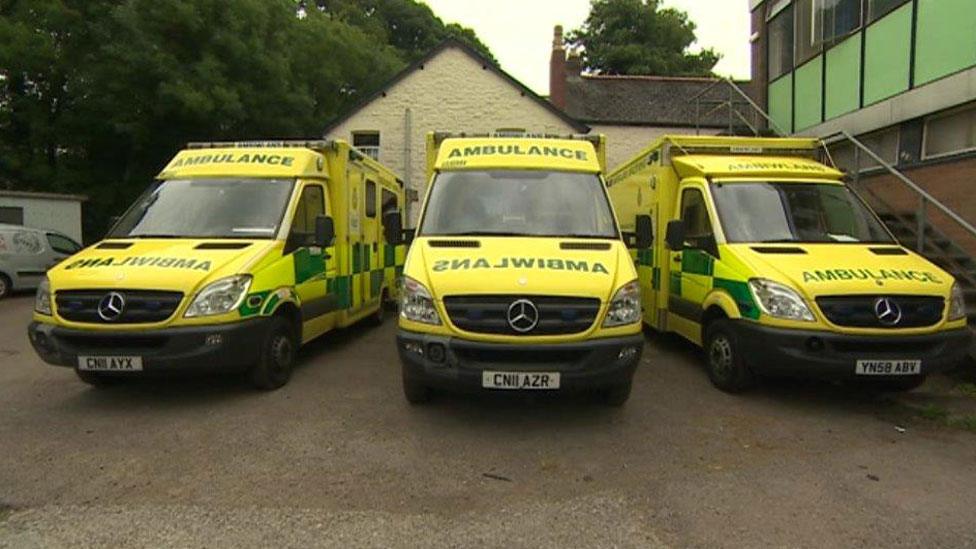
- Published27 July 2016

- Published27 July 2016
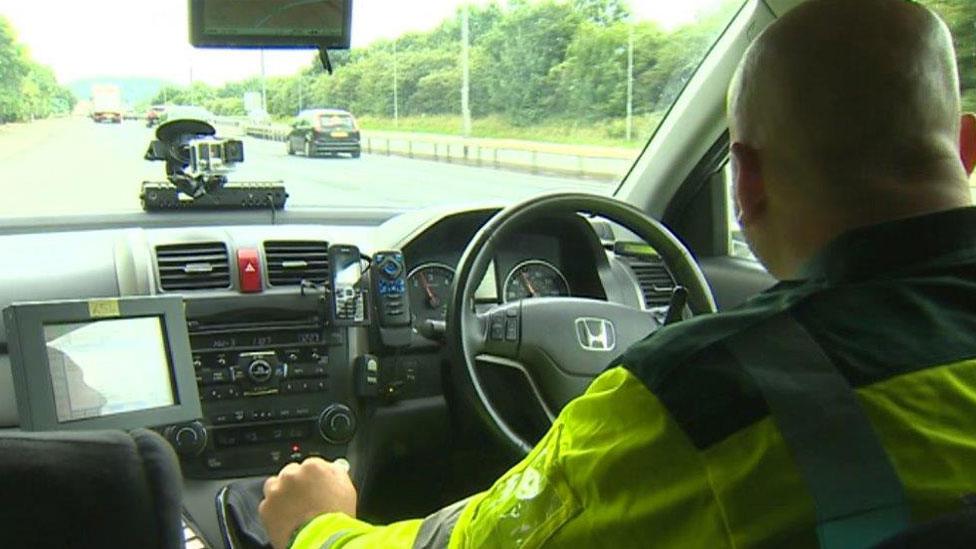
- Published27 July 2016
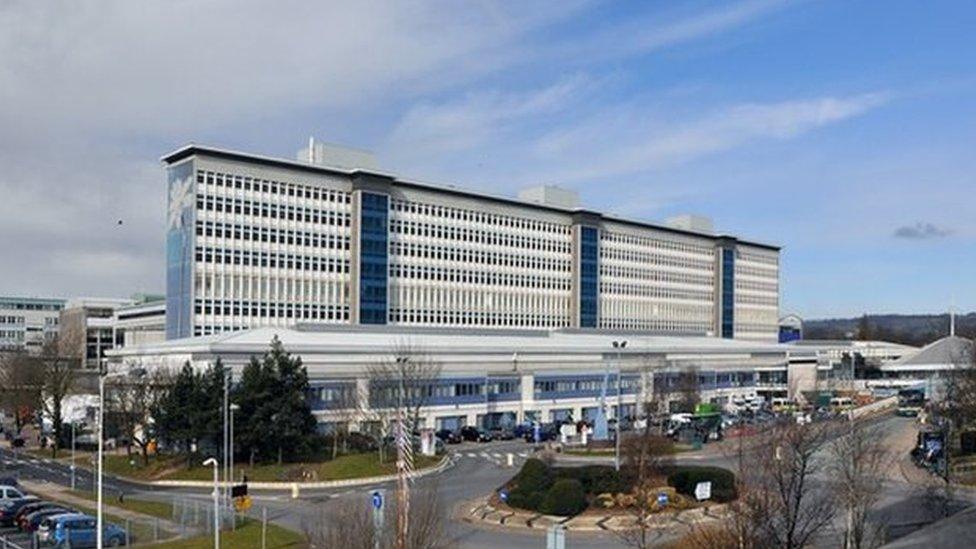
- Published27 January 2016
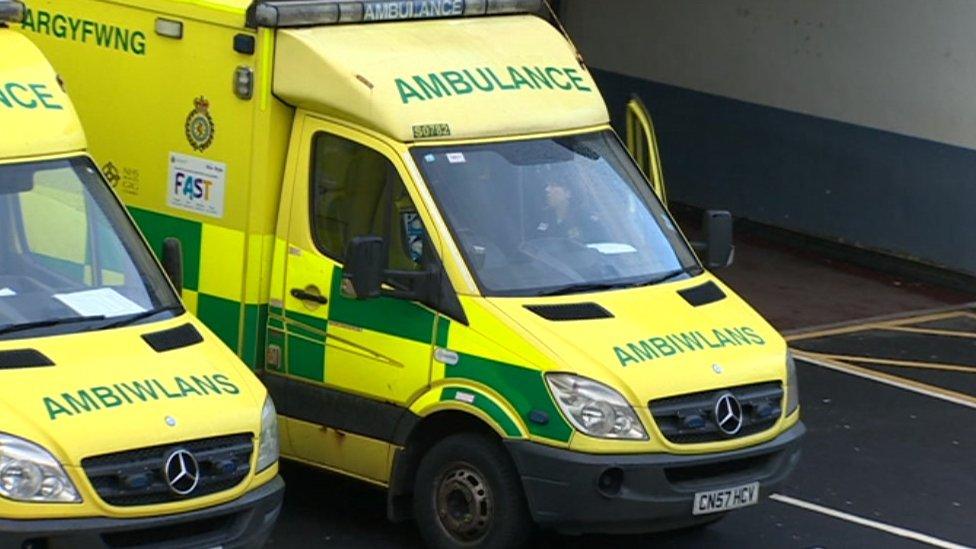
- Published30 December 2015

- Published1 October 2015
